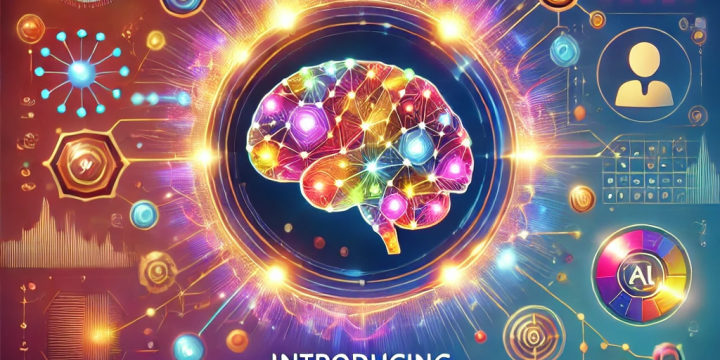In today’s digital age, communication has evolved from slow, manual processes to instantaneous exchanges of information.
The rapid advancement of technology has significantly improved the speed and efficiency of communication, transforming the way individuals, businesses, and societies interact.
The Evolution of Communication Speed
Historically, communication relied on handwritten letters, telegraphs, and landline phones, which required time and effort to send and receive messages. The invention of the internet, mobile phones, and instant messaging platforms revolutionized this process, enabling people to connect in real-time, regardless of location.
Key Technologies Driving Instant Connectivity
1. Instant Messaging and Emails
Platforms like WhatsApp, Telegram, and Slack allow users to send messages, images, and videos instantly. Emails have replaced traditional letters, enabling businesses to communicate efficiently with clients and employees worldwide.
2. Video Conferencing and VoIP
Applications like Zoom, Microsoft Teams, and Google Meet have made face-to-face communication possible without physical presence. Voice over Internet Protocol (VoIP) technology allows voice calls over the internet, reducing costs and improving accessibility.
3. 5G and High-Speed Internet
The development of high-speed internet and 5G networks ensures seamless communication, enabling faster downloads, improved video streaming quality, and uninterrupted connectivity.
4. AI-Powered Communication Tools
Chatbots, virtual assistants, and automated response systems streamline customer service and business interactions, reducing response times and enhancing user experience.
The Impact of Instant Connectivity
✅ Enhanced Productivity – Businesses operate more efficiently with faster communication tools, improving workflow and decision-making.
✅ Global Reach – Instant messaging and video calls bridge geographical gaps, fostering international collaboration and relationships.
✅ Emergency Response – Rapid communication helps in crisis management, ensuring timely responses during emergencies and disasters.
✅ Information Overload – While instant connectivity is beneficial, it also leads to constant notifications, distractions, and potential digital fatigue.
Conclusion
Technology continues to shape communication, making it faster and more efficient than ever. While instant connectivity offers numerous advantages, it is essential to balance speed with mindful communication practices. As technology evolves, the future promises even more advanced and seamless ways to stay connected.





